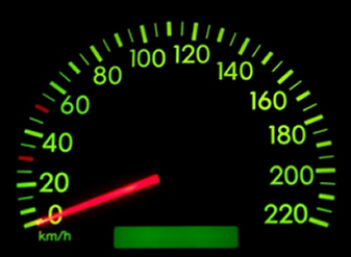What is Withholding Allowance?
A withholding allowance reduces the amount of income tax an employer withholds from an employee's paycheck.
How Does Withholding Allowance Work?
Withholding allowances are indicated by employees on the IRS Form W-4 and appropriate state income tax form. IRS Form W-4 allows all employees to claim at least one allowance for his or her self. An employee may claim further allowances depending on the number of individuals he supports with his income (called dependents). Since an allowance reduces the amount of tax withheld, the greater the number of allowances an employee claims, the smaller the amount of tax he will have withheld.
To illustrate, consider two employees of company XYZ who each make the same salary. Bob is unmarried, lives alone, and has no children. The money he makes from company XYZ goes solely to support him. Bob may claim only one exception for himself on his W-4 form.
Jack, on the other hand, is married and has two young children. The money he makes from company XYZ goes to support not only himself, but also his wife and two young children. Jack may therefore claim four exceptions: one for himself, one for his wife, and one for each of his children.
In this scenario, Bob will have the higher amount of income tax withheld from his paycheck. Jack will have substantially less withheld since he is able to claim a higher number of withholding allowances than Bob.
Why Does Withholding Allowance Matter?
Withholding allowances help tax authorities take into account employees' personal circumstances that may require them to support dependent individuals and thus necessitate their retaining a larger portion of their salary.



